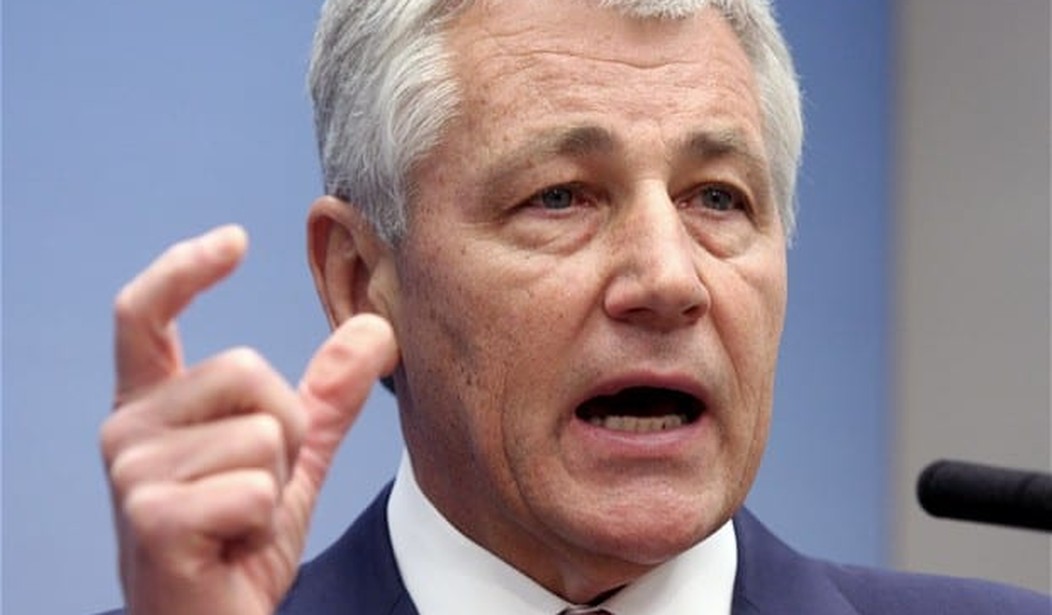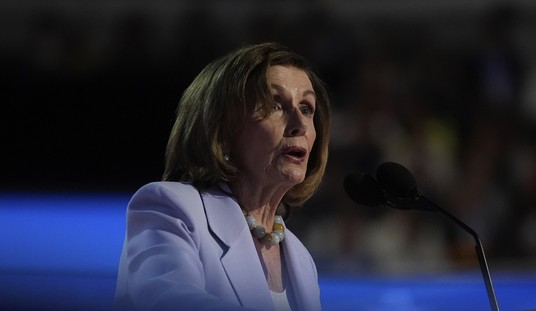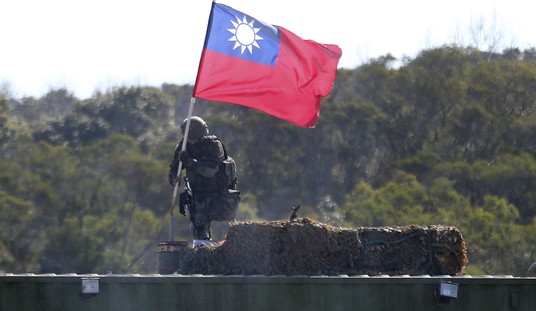WASHINGTON — Stating that a postwar environment was the time to do some shrinking, Defense Secretary Chuck Hagel unveiled a budget proposal Monday that reduces the Army to pre-World War II levels despite “a world that is growing more volatile, more unpredictable, and in some instances more threatening to the United States.”
“Our force structure and modernization recommendations are rooted in three realities: first, after Iraq and Afghanistan, we are no longer sizing the military to conduct long and large stability operations; second, we must maintain our technological edge over potential adversaries; and, third, the military must be ready and capable to respond quickly to all contingencies and decisively defeat any opponent should deterrence fail,” Hagel told reporters at the Pentagon today.
“Accordingly, our recommendations favor a smaller and more capable force, putting a premium on rapidly deployable, self-sustaining platforms that can defeat more technologically advanced adversaries.”
For the Air Force, Hagel said, “an emphasis on capability over capacity meant that we protected its key modernization programs, including the new bomber, the Joint Strike Fighter, and the new refueling tanker.”
“To fund these investments, the Air Force will reduce the number of tactical air squadrons including the entire A-10 fleet,” Hagel continued. “…The Air Force will slow the growth in its arsenal of armed unmanned systems that, while effective against insurgents and terrorists, cannot operate in the face of enemy aircraft and modern air defenses. Instead of increasing to a force of 65 around-the-clock combat air patrols of Predator and Reaper aircraft, the Air Force will grow to 55, still a significant increase.”
In the Navy, the proposed funding is enough to maintain 11 carrier strike groups, but the USS George Washington aircraft carrier would be retired if sequestration-level cuts were to be reimposed.
“In order to help keep its ship inventory ready and modern under the president’s plan, half of the Navy’s cruiser fleet — or 11 ships — will be laid up and placed in reduced operating status while they are modernized and eventually returned to service with greater capability and a longer lifespan. This approach enables us over the long term to sustain and modernize our fleet of cruisers, which are the most capable ships for controlling the air defense of a carrier strike group,” Hagel said.
The Marines would be reduced in strength from about 190,000 to 182,000, with the assignment of “about 900 more Marines to provide enhanced embassy security around the world.”
The reductions in the Army go beyond the service’s planned cuts — from 520,000 to 490,000 — with a drawdown to fewer than 450,000 soldiers.
“While this smaller capacity entails some added risk even if we execute extended or simultaneous ground operations, our analysis showed that this force would be capable of decisively defeating aggression in one major combat theater — as it must be — while also defending the homeland and supporting air and naval forces engaged in another theater against an adversary,” Hagel said.
The National Guard and Reserves combined stand to lose about 30,000 soldiers. Realignment measures would include sending the Guard’s Apache helicopters to active-duty units and letting the Guard have the Army’s Blackhawks to “bolster the Guard’s needed capabilities in areas like disaster relief and emergency response.”
A senior military official said on background that the budget wasn’t just about President Obama’s rebalancing toward the Pacific, but “it involves rebalancing in nearly everything that we do.”
“As you know, recently we’ve been mostly focused on a single type of war, and we need to restore our readiness for the full spectrum of potential conflict,” the official said, stressing “that nobody’s take-home pay is going to go down under this plan, and that we are not closing commissaries.”
“We’re going to need some help from our elected representatives to get this budget across the finish line, because changes in force structure and infrastructure and institutional reform can be unpleasant and unpopular, and we know that.”
“Obviously, the run-up in World War II was quite substantial because we were fighting a two-pronged world war, and then obviously there was a huge increase in forces during Vietnam,” White House press secretary Jay Carney said at today’s briefing. “…Obviously, we are in, as the President spoke at length about at National Defense University, in a different footing — on a different footing, and we were transitioning away from the permanent war footing that we experienced in the wake of the Sept. 11 attacks.”
“Obviously, that doesn’t lessen the fact that we have to maintain extreme vigilance — and we do — when it comes to the threats against our nation,” Carney added. “And we have to deploy a strategy that is responsive to those threats and anticipates the kinds of conflicts that we are most likely to see in the future.”
As Hagel was delivering his remarks at the Pentagon, House Armed Services Committee Chairman Buck McKeon (R-Calif.) was pointing out at the National Press Club that the administration is in denial about the war still being fought in Afghanistan, and the risks of throwing the country “to the wolves.”
“At whitehouse.gov/iraq, you will get an interactive timeline praising the end of the Iraq War. They eagerly take credit for leaving Iraq. You can ask the Iraqis how that has been going for them,” McKeon noted. “In startling contrast, there is nothing special or even prominent about what our troops have achieved in Afghanistan, what president once referred to as ‘the good war.’ Go to whitehouse.gov/Afghanistan, and you will find a photo of the presidential seal hanging on a vacant podium. It reads: ‘Sorry, the page you’re looking for can’t be found.’ Even the White House blog on their Afghan/Pakistan strategy hasn’t been updated in a blue moon.”
“Does the White House really think they can pretend a war is not happening? At the beginning of the Obama presidency, less than 30 percent of Americans thought the Afghanistan war was a mistake. Just last week, and for the first time ever, Gallup found a majority of Americans now believe the war was in error. Counterinsurgencies have two fronts, the one out there, and the one right here. The troops have held their line out there, the president has not held the line here. By letting the public support for the war erode, the president has cost himself political capital that could have been used to solve a number of points.”
On the Hill, another member of McKeon’s committee said he has “serious concerns about where the administration is placing its priorities when it comes to our nation’s national security.”
“We can continue to cut away at discretionary spending and force the Defense Department to bear the brunt of those cuts, or we can get serious and start addressing the real drivers of our debt,” House Armed Services Readiness Subcommittee Chairman Rob Wittman (R-Va.) said. “…History shows the importance of reset after years of war; we cannot forget the lessons learned after previous conflicts and we must strike a balance to maintain a ready and capable fighting force across the branches of service. Unfortunately, we continue to hear about cuts that negatively impact the overall manning, training, and equipping of our force.”
Sen. Marco Rubio (R-Fla.) said “reducing the size of the Army to its lowest levels in 70 years does not accurately reflect the current security environment, in which the administration’s own officials have noted the threats facing our country are more diffuse than ever.”
“Cutting key Air Force and naval capabilities just as we are trying to increase our presence in the Pacific does not make strategic sense. I am concerned that we are on a path to repeat the mistakes we’ve made during past attempts to cash in on expected peace dividends that never materialized,” Rubio added. “Mistakes that caused our allies to question America’s staying power and encouraged our enemies to test us.”









Join the conversation as a VIP Member